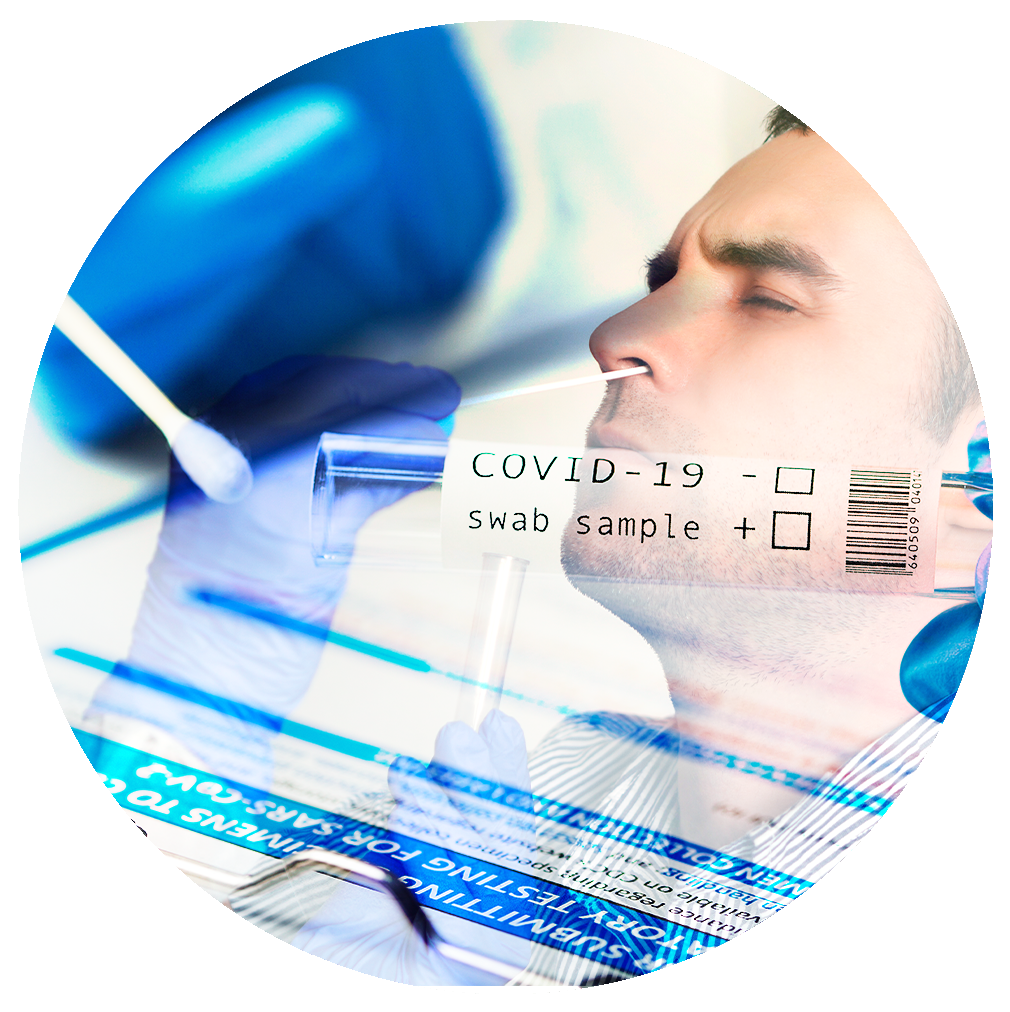The Point-of-Care COVID Test
Tutorial presented by Annette Thomas, Consultant Clinical Scientist and POCT Clinical Lead for Wales.
Welsh Government has purchased 400 LumiraDx Point-of-Care devices with several hundred thousand testing strips to support rapid COVID testing for selected patients with symptoms. The devices provide a rapid test for COVID-19, generating an infection status in approximately 12 minutes (start to finish is 20 minutes).
POCT may be available in different settings in the community according to local heath board arrangements. E.g. GP Out of Hours Centres and new pilot Urgent Care Primary Care Centres. Practices or clusters who wish to develop experience in POCT testing for COVID-19 should contact their local Primary Care Management Team in the Health Board.
It is very important that primary care clinicians do not offer tests outside of this guidance e.g. to asymptomatic patients or contacts, as this risks creating a demand for POCT that it is not resourced to provide.
There could be a risk of delay of patient getting to ED if waiting for test and clinical judgement needed in case delay would be hazardous.
The device has undergone robust quality assurance testing in Wales. The results found:
- If the patient is symptomatic and their POCT COVID test is positive, this is reliable (sensitivity 99%)
- If the patient is symptomatic and their POCT COVID test is negative, this is less reliable (specificity 86%) and a confirmatory PCR test is recommended
The LumiraDx device uses microfluidic immunofluorescence in a strip to test for the presence of the Sars-CoV-2 antigen. This differs from the RT-PCR testing which looks for the presence of the viral RNA. The test should be performed:
- When the patient is symptomatic
- Within 12-days of onset of symptoms
The swabbing technique uses a nasal sample. The same swab must be inserted approximately one inch into both nostrils, rotated around the walls of the nasal cavity, then transferred to the testing station for analysis. A thorough instruction about this technique will be provided in a separate video tutorial.
The Point-of-Care COVID Test
Tutorial presented by Annette Thomas, Consultant Clinical Scientist and POCT Clinical Lead for Wales.
Welsh Government has purchased 400 LumiraDx Point-of-Care devices with several hundred thousand testing strips to support rapid COVID testing for selected patients with symptoms. The devices provide a rapid test for COVID-19, generating an infection status in approximately 12 minutes (start to finish is 20 minutes).
POCT may be available in different settings in the community according to local heath board arrangements. E.g. GP Out of Hours Centres and new pilot Urgent Care Primary Care Centres. Practices or clusters who wish to develop experience in POCT testing for COVID-19 should contact their local Primary Care Management Team in the Health Board.
It is very important that primary care clinicians do not offer tests outside of this guidance e.g. to asymptomatic patients or contacts, as this risks creating a demand for POCT that it is not resourced to provide.
There could be a risk of delay of patient getting to ED if waiting for test and clinical judgement needed in case delay would be hazardous.
The device has undergone robust quality assurance testing in Wales. The results found:
- If the patient is symptomatic and their POCT COVID test is positive, this is reliable (sensitivity 99%)
- If the patient is symptomatic and their POCT COVID test is negative, this is less reliable (specificity 86%) and a confirmatory PCR test is recommended
The LumiraDx device uses microfluidic immunofluorescence in a strip to test for the presence of the Sars-CoV-2 antigen. This differs from the RT-PCR testing which looks for the presence of the viral RNA. The test should be performed:
- When the patient is symptomatic
- Within 12-days of onset of symptoms
The swabbing technique uses a nasal sample. The same swab must be inserted approximately one inch into both nostrils, rotated around the walls of the nasal cavity, then transferred to the testing station for analysis. A thorough instruction about this technique will be provided in a separate video tutorial.
More like this

Practical demonstration of the LumiraDx testing device

Testing PCR


